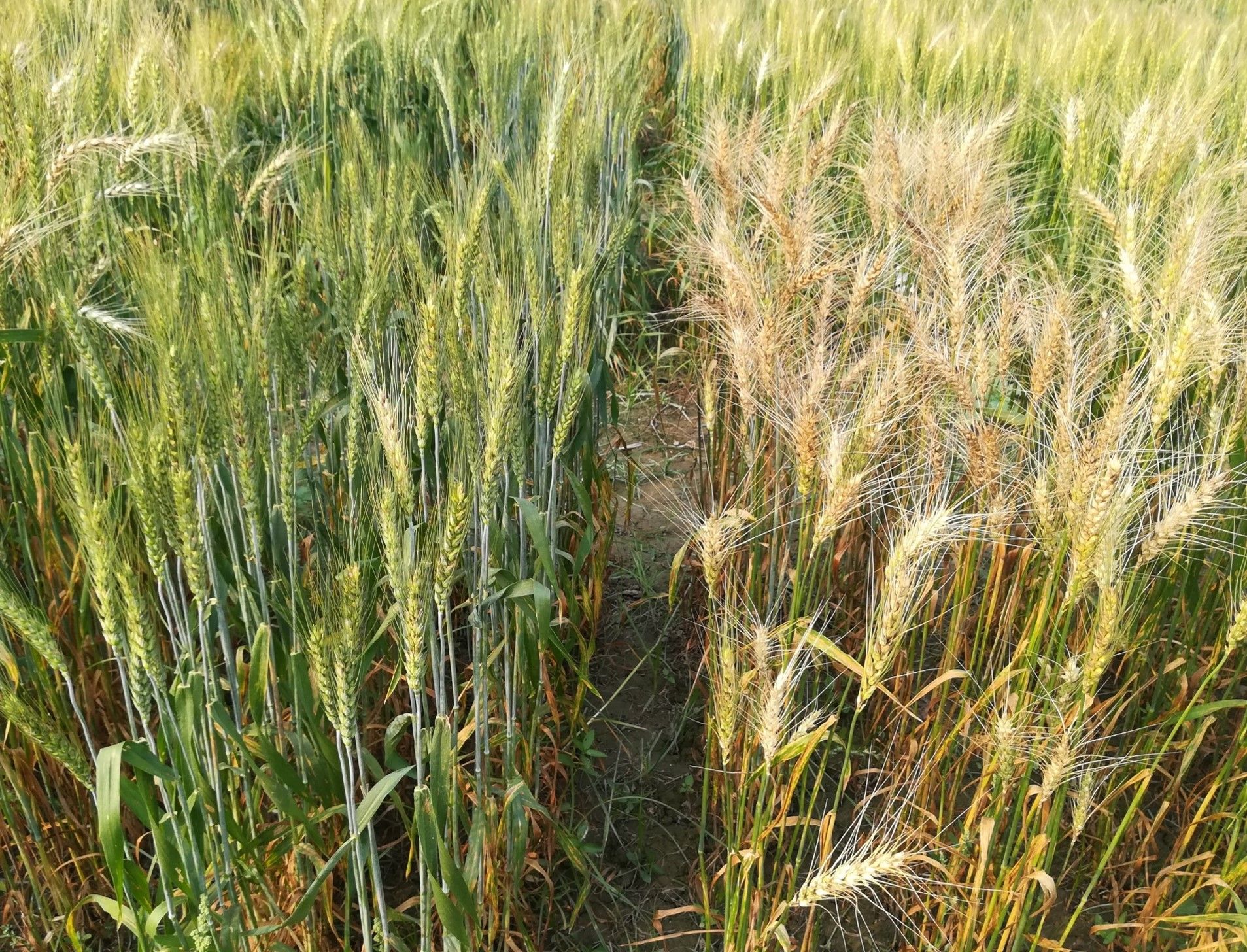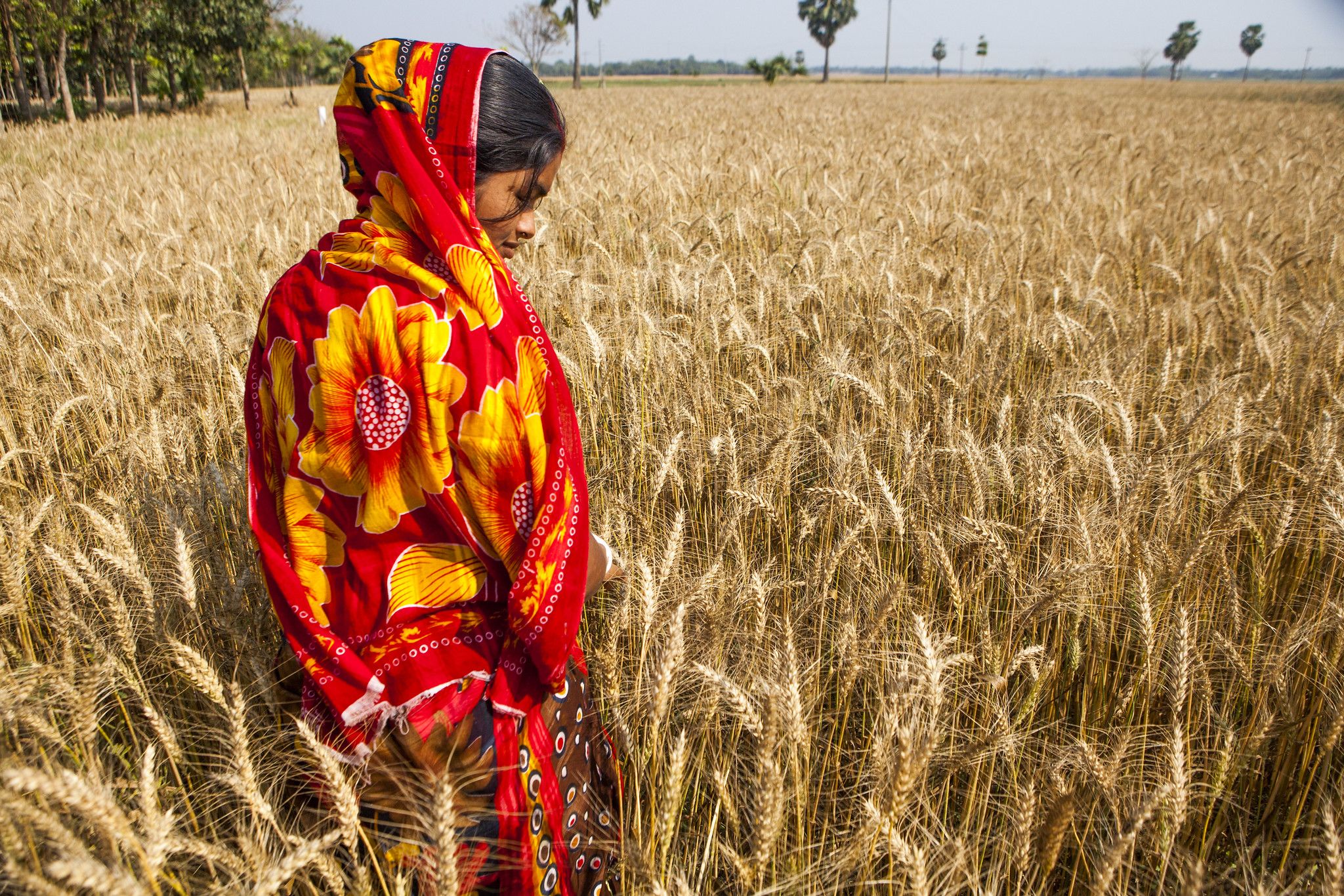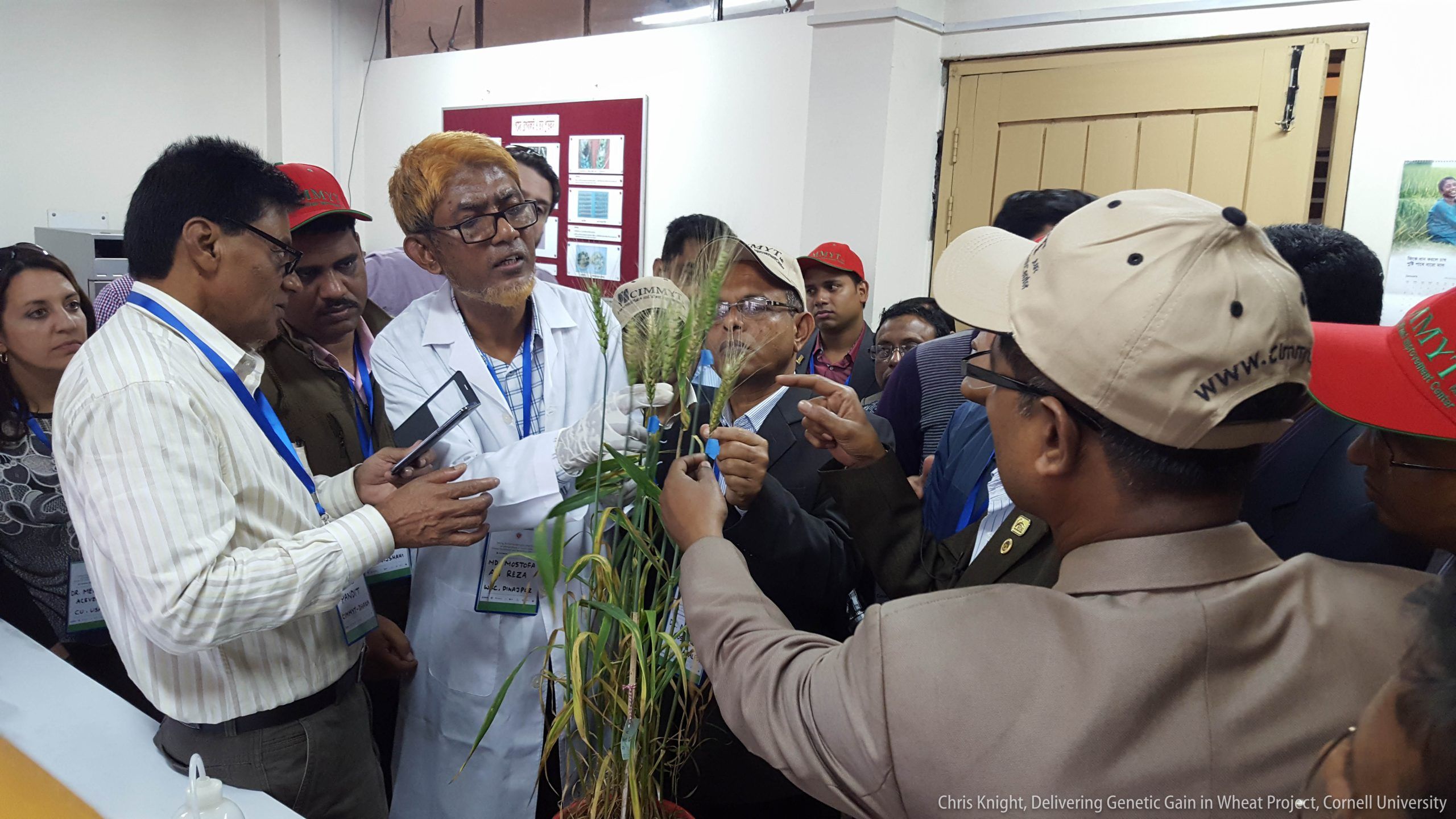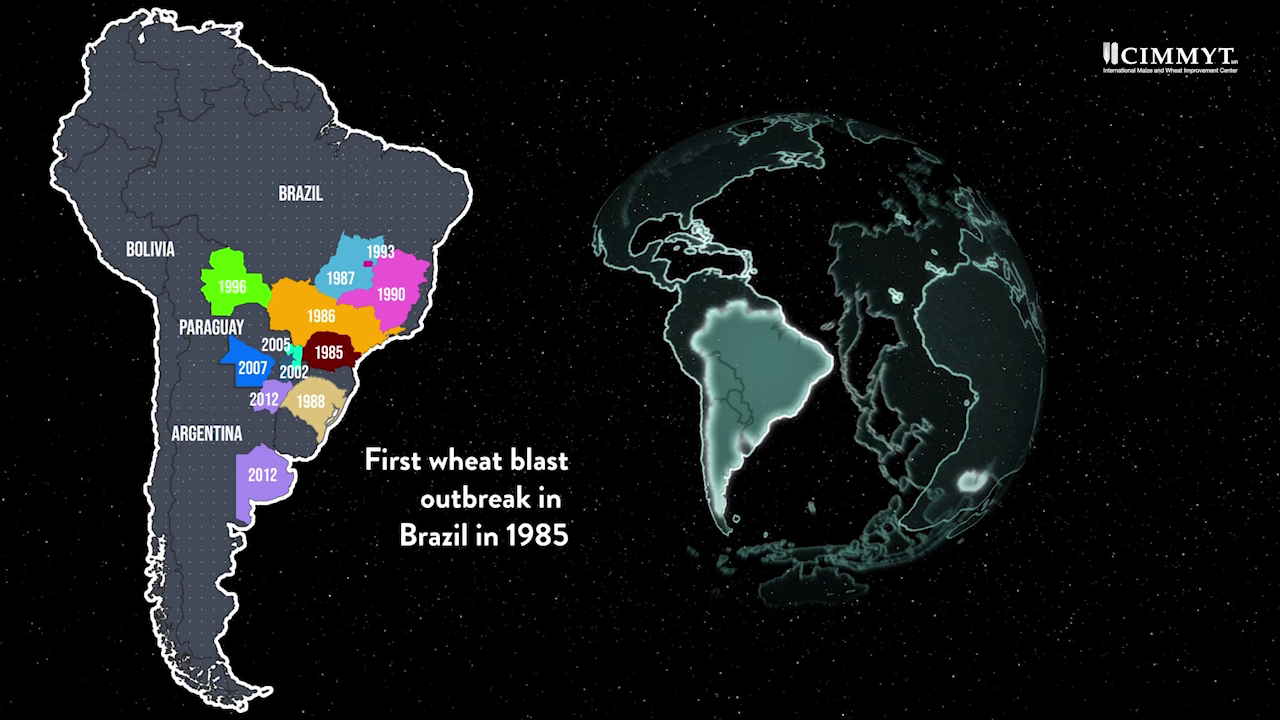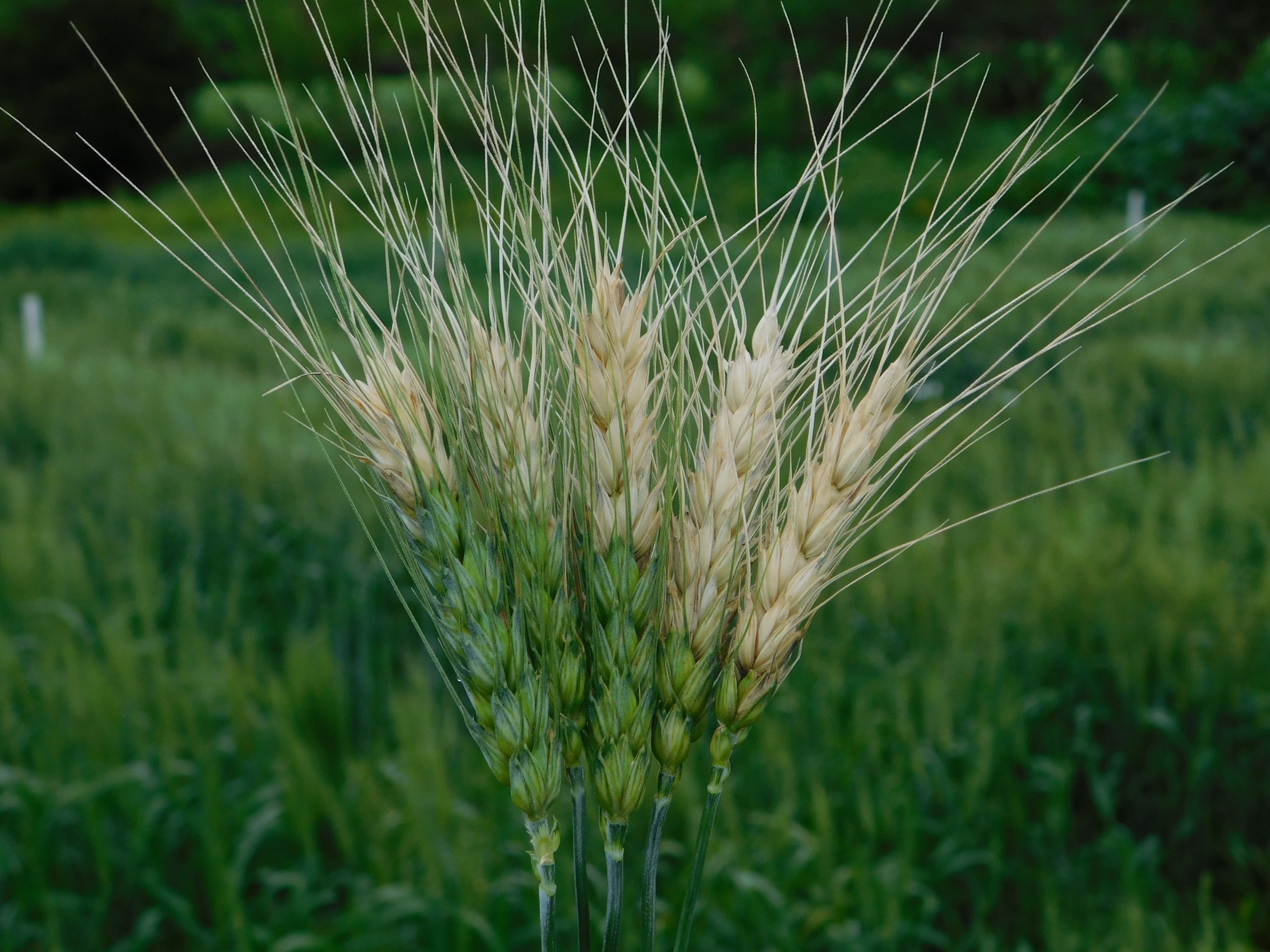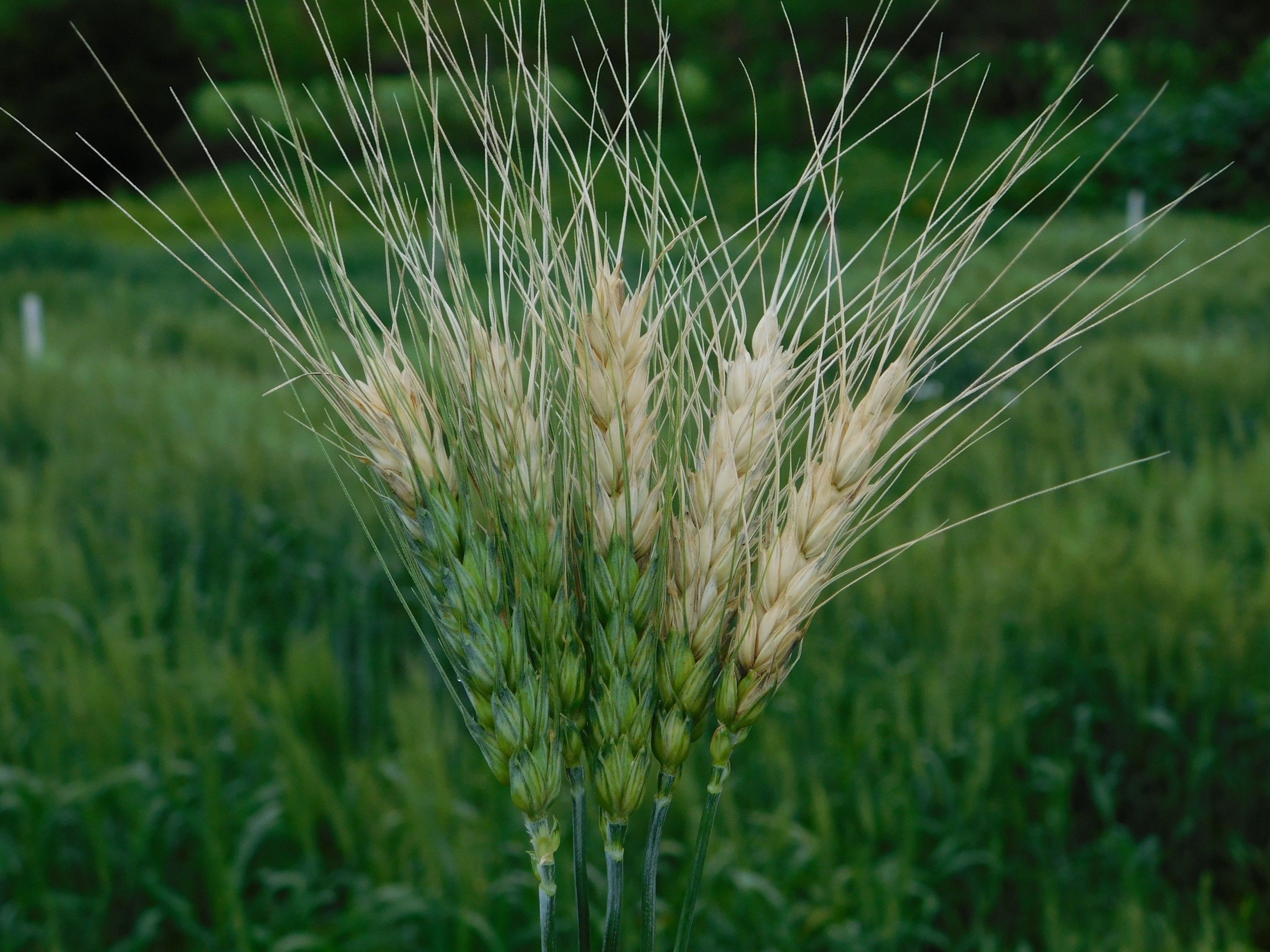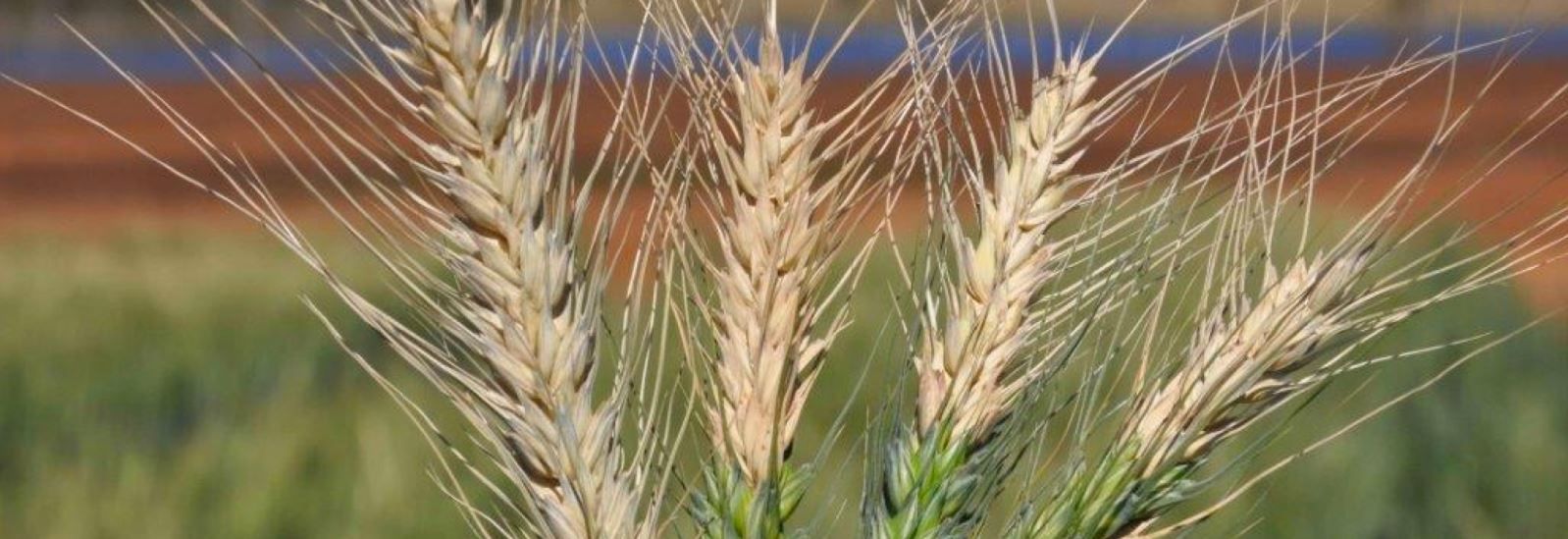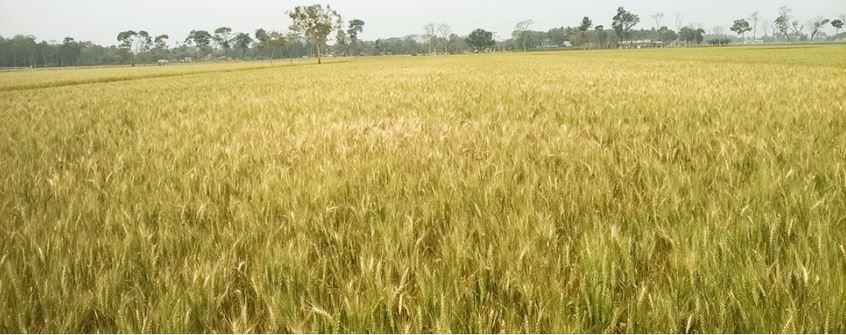New Breakthrough in Wheat Blast Resistance: A Novel Non-2NS QTL Identified
A newly published study has identified a significant breakthrough in the ongoing battle against wheat blast: a novel quantitative trait locus (QTL), named Qwb.cim-7D, located on the long arm of chromosome 7D and derived from Aegilops tauschii, offers stable and moderate resistance to wheat blast—independently of the widely used 2NS translocation.
Wheat blast, caused by Magnaporthe oryzae pathotype Triticum (MoT), is a rapidly spreading disease threatening wheat production, particularly in tropical and subtropical regions of the world. First detected in Brazil in 1985, the disease has since caused devastating yield losses—up to 100% in severe cases. Its transboundary spread, including recent incursions in Bangladesh and Zambia, has intensified international concerns about food security, especially among vulnerable smallholder farming communities. Control through chemical means has proven unreliable, placing even greater emphasis on the development and deployment of resistant wheat cultivars.
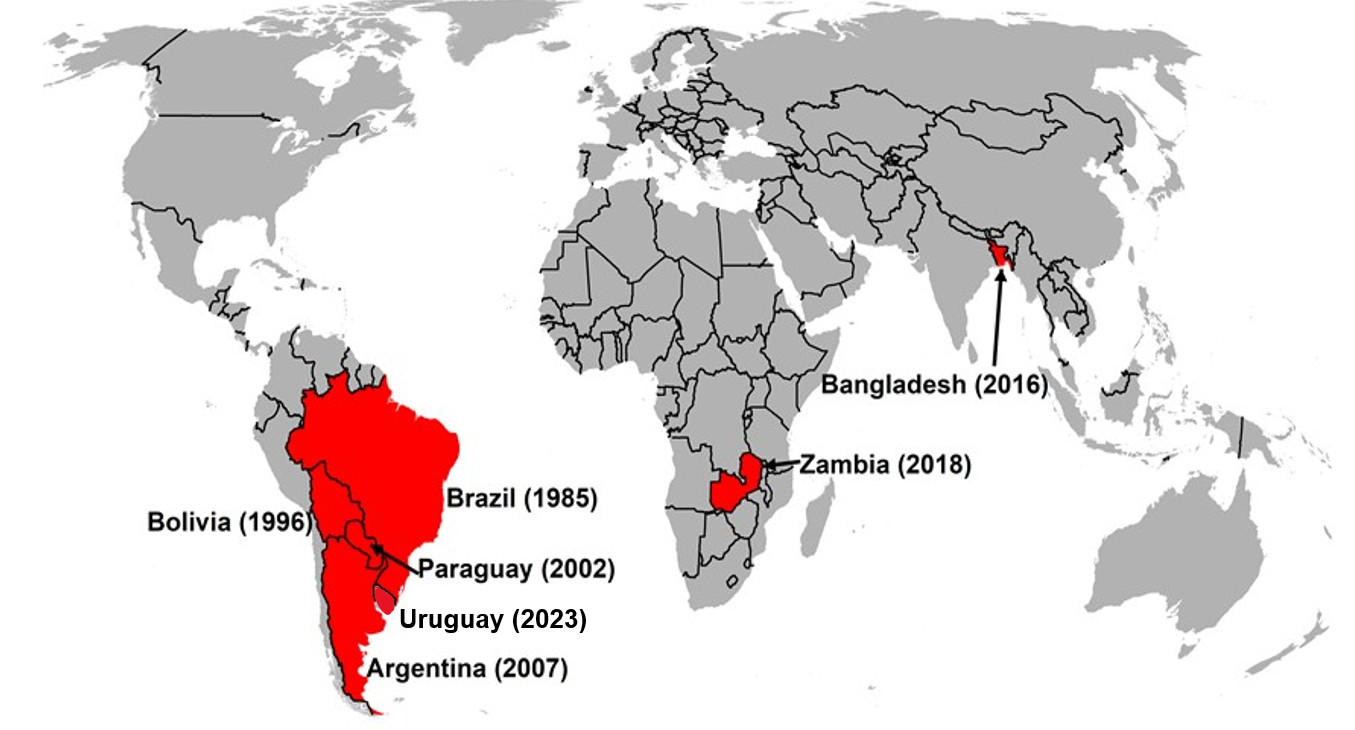
For years, wheat breeders have relied on a single major source of genetic resistance—the 2NS/2AS translocation from Aegilops ventricosa. While initially effective, recent field observations—particularly in Brazil—suggest that wheat blast pathogens are evolving to overcome this resistance. Despite extensive efforts, previous studies have failed to identify any non-2NS QTLs with both significant and stable effects across environments in field trials.

A New Genetic Solution for Blast Resistance
In a recently published study entitled “A novel QTL on chromosome 7D derived from Aegilops tauschii confers moderate field resistance to wheat blast”, CIMMYT’s wheat pathology team and collaborators reported the identification of a novel and consistent QTL—Qwb.cim-7D—which provides significant resistance to wheat blast independent of the 2NS translocation.
The donor bread wheat line, Gladius*2/KU 2097, inherited its resistance from the resistant Ae. tauschii accession ‘KU-2097’. Field experiments were conducted at two Precision Phenotyping Platforms (PPP) in Bolivia (Quirusillas and Okinawa) and one PPP in Bangladesh (Jashore), under artificially inoculated conditions—ensuring a robust evaluation of resistance. The QTL was mapped to the long arm of chromosome 7D, where it explained between 7.7% and 50.6% of the phenotypic variation across different environments. This is a significant finding, as previous studies identified non-2NS resistance loci with typically small effects (less than 10%) and inconsistent performance. In contrast, Qwb.cim-7D is the first moderate-effect QTL to demonstrate stable resistance across multiple field conditions.
To facilitate its adoption in breeding pipelines, researchers successfully converted the flanking DArTseq markers into KASP markers—enabling more efficient marker-assisted selection.
Importantly, Qwb.cim-7D provides approximately half the resistance effect of 2NS, highlighting its value as a complementary resistance factor. When deployed through gene pyramiding strategies alongside 2NS and Rmg8, this new QTL could help breeders develop varieties with stronger and more durable resistance to the evolving wheat blast pathogen.
This breakthrough marks a turning point in global wheat blast resistance breeding. It addresses the urgent need to diversify the genetic basis of resistance and equips breeders with a viable new tool to safeguard wheat yields. As wheat blast continues to threaten food security in key regions, the introgression of Qwb.cim-7D into breeding programs offers a promising path toward enhanced crop resilience and improved farmer protection.
